Style Guide
What is a Style Guide?
A style guide is a set of standards and guidelines for writing and designing content to ensure consistency and coherence across all communication materials. It includes rules for grammar, punctuation, spelling, tone, style, formatting, and visual elements. A style guide helps maintain a uniform and professional brand voice, making it easier for writers, designers, and other content creators to produce cohesive and aligned content.
Why is a Style Guide Important?
A style guide is important because it ensures that all content produced by an organization or brand is consistent, professional, and aligned with its identity and values. Consistency in writing and design enhances the readability and credibility of the content, making it more engaging and trustworthy for the audience.
A style guide also streamlines the content creation process by providing clear guidelines and standards. It reduces confusion and errors, making it easier for multiple team members to collaborate and produce high-quality content. Additionally, a style guide helps maintain a strong and recognizable brand presence, reinforcing brand identity and messaging.
Best Practices for Creating and Using a Style Guide
1. Define Your Brand Voice and Tone
Clearly define your brand voice and tone, including the personality, values, and characteristics you want to convey. Specify whether the tone should be formal, informal, friendly, authoritative, or conversational. Consistent voice and tone enhance brand identity.
2. Include Grammar and Punctuation Rules
Provide detailed guidelines for grammar, punctuation, and spelling. Specify rules for common issues such as comma usage, capitalization, abbreviations, and hyphenation. Consistent grammar and punctuation improve readability and professionalism.
3. Establish Formatting Guidelines
Set standards for formatting elements such as headings, subheadings, bullet points, lists, and paragraphs. Include guidelines for font types, sizes, colors, and spacing. Consistent formatting ensures a cohesive and visually appealing presentation.
4. Address Style Preferences
Include preferences for style elements such as writing style, sentence structure, and language usage. Specify whether to use active or passive voice, first-person or third-person perspective, and formal or informal language. Style preferences ensure a consistent writing approach.
5. Provide Visual Guidelines
Include guidelines for visual elements such as logos, images, colors, and graphics. Specify how and where to use brand colors, fonts, and logos. Provide examples and templates to guide the use of visual elements. Visual guidelines enhance brand consistency.
6. Include Examples and Templates
Provide examples and templates to illustrate the guidelines and standards. Examples help clarify expectations and make it easier for content creators to follow the style guide. Templates streamline the content creation process and ensure uniformity.
7. Address Specific Content Types
Include guidelines for specific content types such as blog posts, social media posts, emails, newsletters, and presentations. Specify the preferred structure, tone, and style for each content type. Tailored guidelines ensure consistency across different formats.
8. Encourage Collaboration and Feedback
Encourage collaboration and feedback from team members to ensure that the style guide meets the needs of all content creators. Regularly review and update the guide based on feedback and changing requirements. Collaboration ensures a comprehensive and effective style guide.
9. Make It Accessible
Ensure that the style guide is easily accessible to all team members and stakeholders. Provide a digital version that can be shared and accessed online. An accessible style guide promotes consistent use and adherence to the guidelines.
10. Train Your Team
Provide training and resources to help team members understand and implement the style guide. Conduct workshops, webinars, or training sessions to familiarize them with the guidelines. Ongoing training ensures that the style guide is effectively used.
By following these best practices, you can create and use a style guide that ensures consistency, professionalism, and alignment across all content, enhancing your brand presence and communication effectiveness.
For more terms, return to the content marketing glossary and freelance writing glossary.

